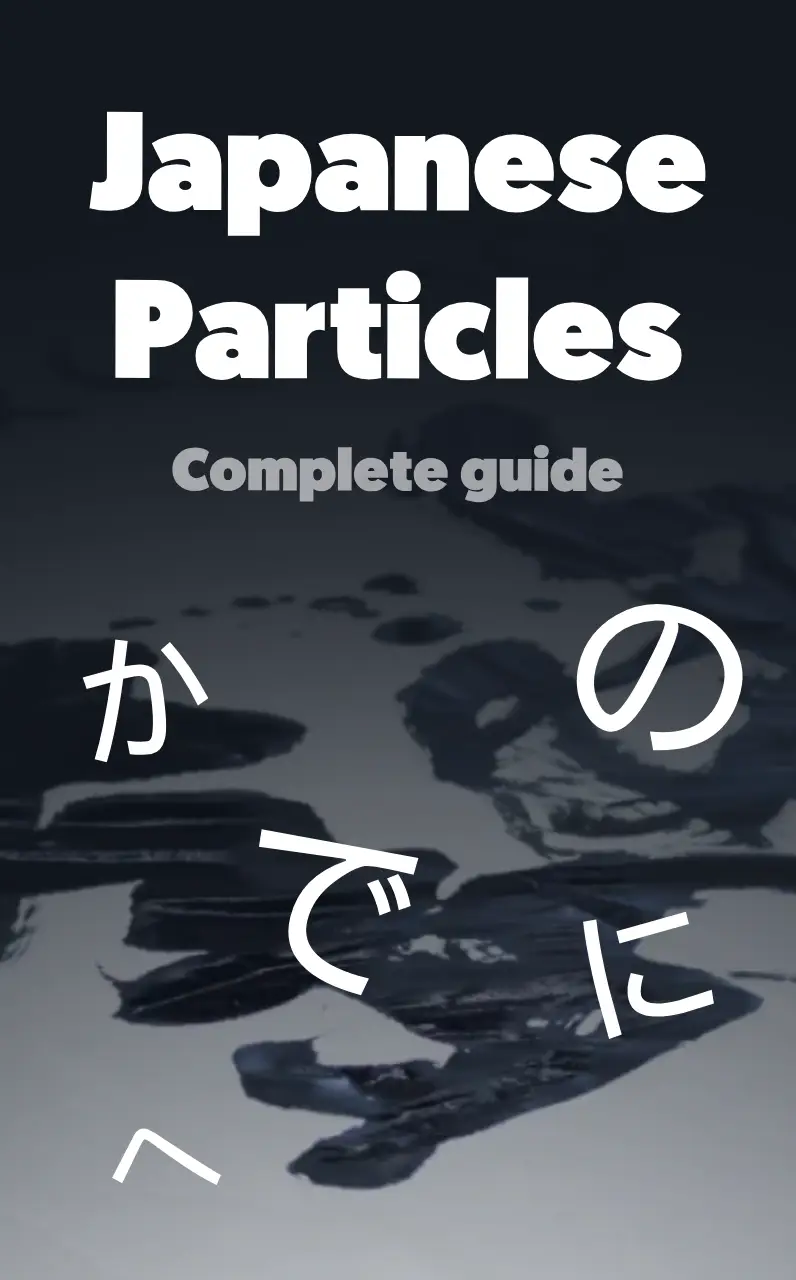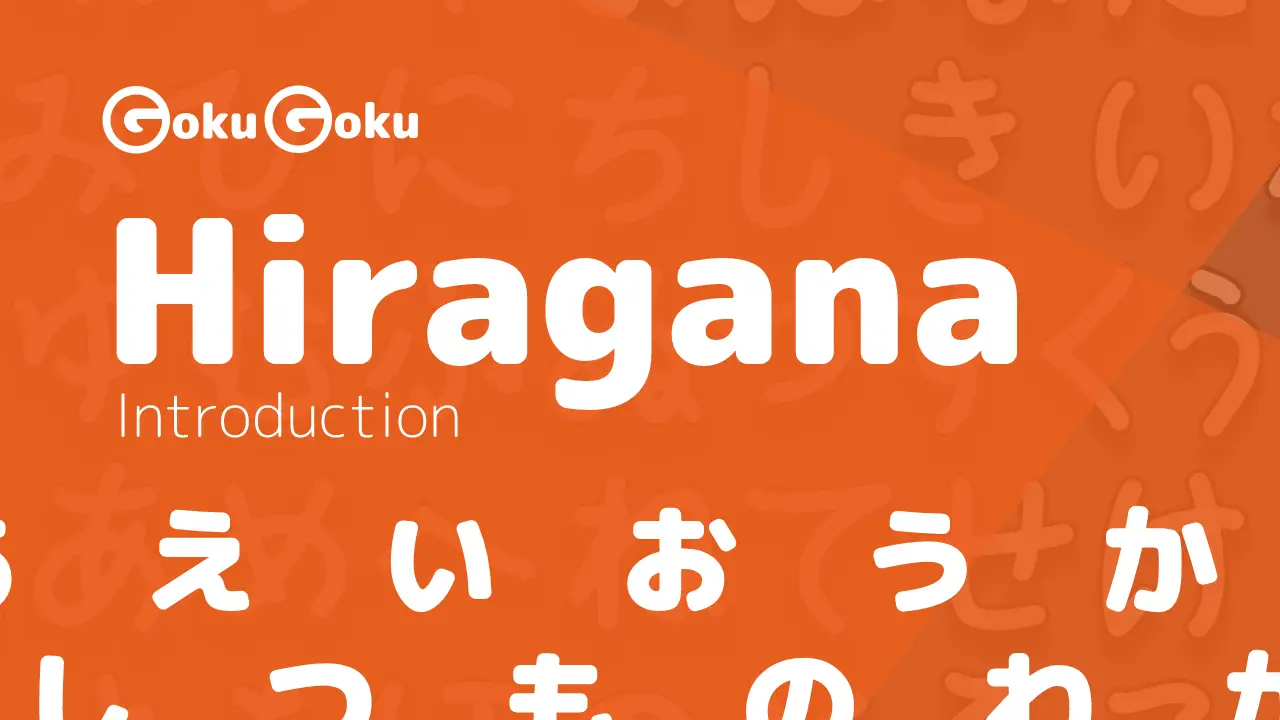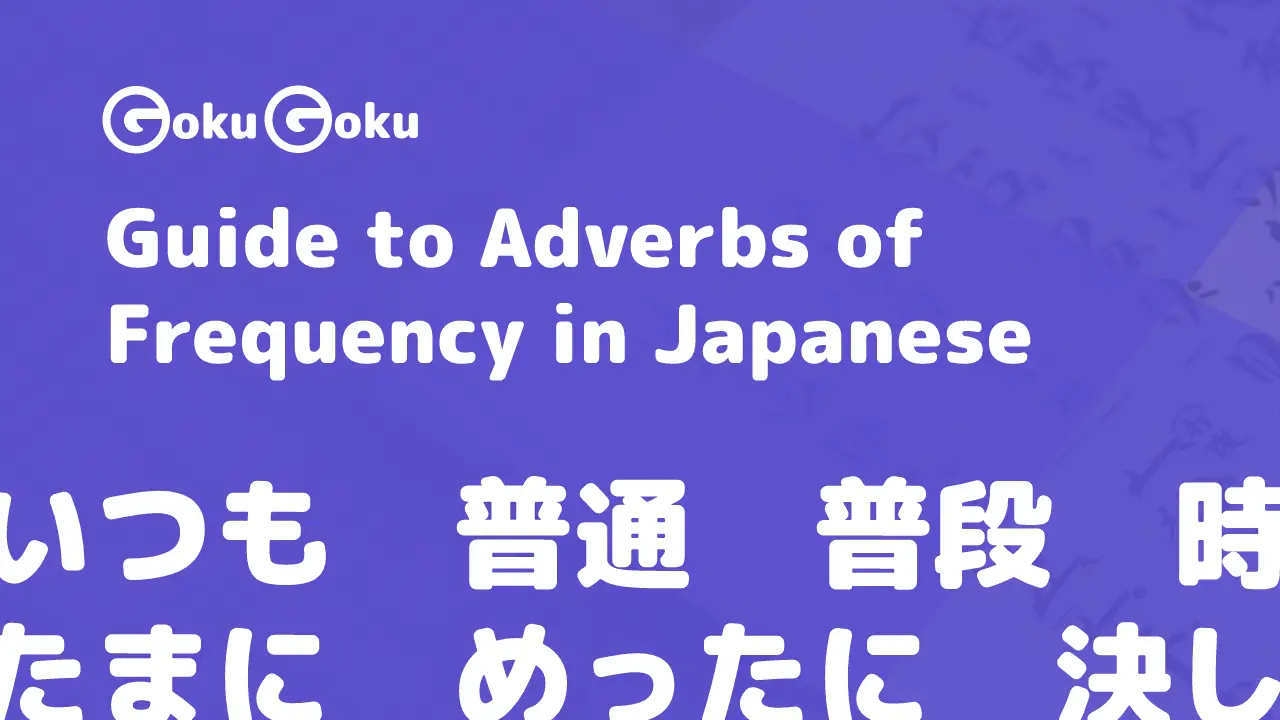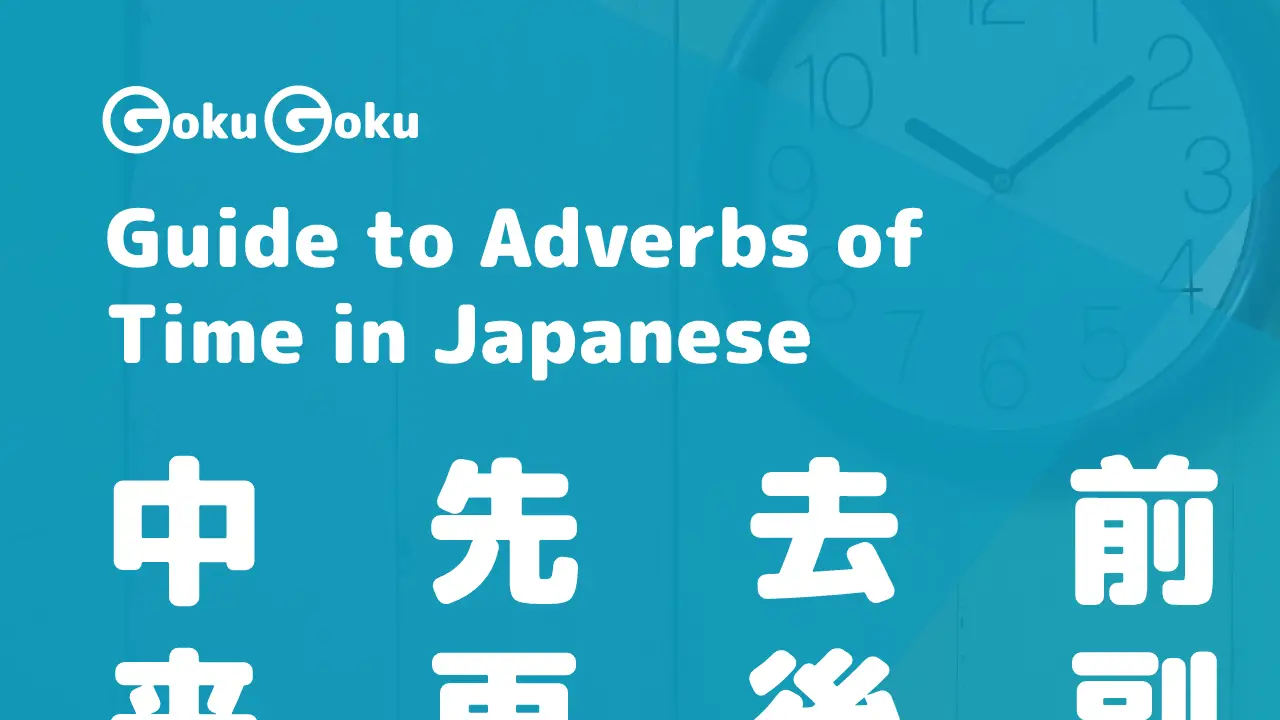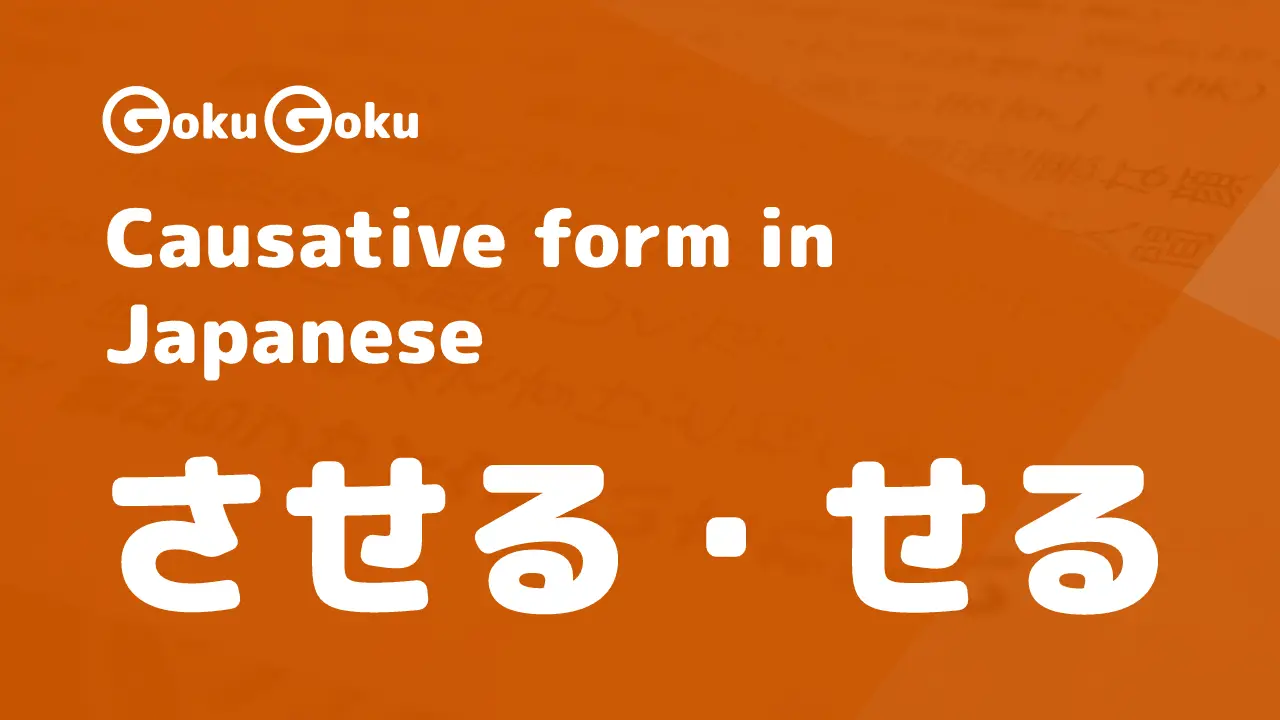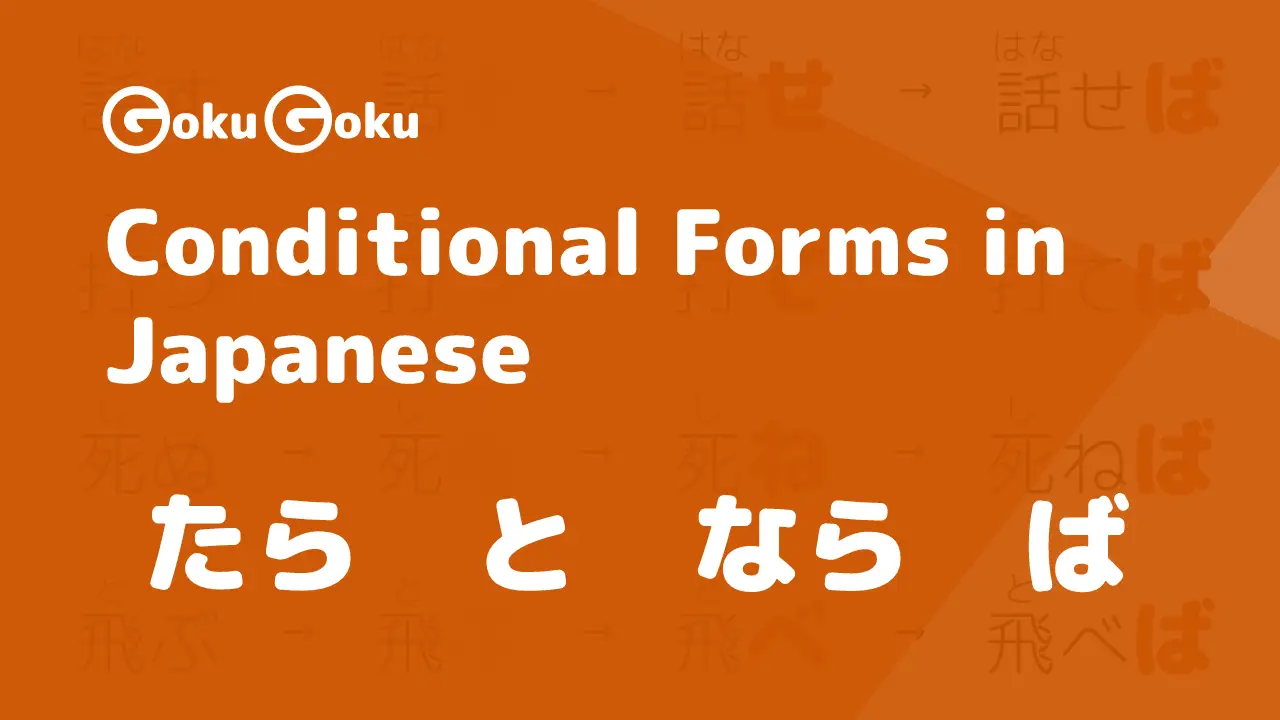皆 さん、こんにちは! Welcome back!
Today we do an exercise a little different from those proposed so far.
Below we share a short video teaching the technique of making an origami (折り紙). The name of this ancient Japanese art is known as "Origami" in all countries and the meaning is fold paper:
折り verb base from 折 る the verb
to fold紙
sheet,paper
I chose this video because each passage shows the sentence written in Japanese and the voice of the origami artist explaining. It is an exercise in reading, understanding and listening.
Below I transcribed each single sentences with the translation. I recommend listening to the video once or twice while looking at the sentences and then reading the kanji and new words with the various grammar rules.
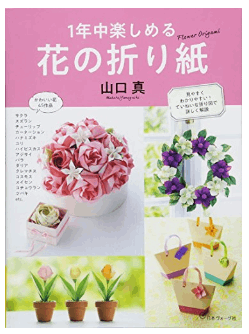
Materials needed to make an origami
Let's see what the master asks at the beginning of the video: 必要な物, the things that are needed for the realization:
折り紙 an
origami sheetペン a
pen
In each passage and sentence we will find new terms and grammar rules for the conjugation of verbs.
In some passages I will focus on the rule or term to be clarified. It is an opportunity to review for those who already know the terms, and an opportunity to study and research ideas for those who have not yet seen the kanji and the words listed.
Verbs in the form masu
We will find throughout the video and the explanation the verb:
- 折ります
fold
Recall that the verb in Japanese is not conjugated according to the person, so the same form applies to all people.
The few verbs used in this video at the end of the sentence are all in the masu form affirmative and in the present tense.
ではさっそく作ってみます。
Well, let's try to make it right now.
In this sentence we have seen another very common and widely used form in the Japanese language: the Te form.
In particular the main verb in the て form combined with the verb 見る, which translates try to do something, try to do something.
貝殻, the shell
The video is taken from a series called 夏の折り紙, the summer origami. In this episode the shell has been chosen as the theme and object.
We can also use the expression:
貝殻の折り方:
how to fold a shell折り方 has the same structure as 折り紙, use the base in i and the noun 方, which in this case means
way漢字の書き方
how to write a kanji, from the verb 書く in its base in i + kata
裏返して上下と左右に角がくるように置きます。
Turn the sheet over and position it so that the corners are top and bottom, left and right.
Make sure you ...
Verb 1 + ように + Verb 2
The verb in the dictionary form or base in u + ように + another verb: translates the concept of to do in order to.
バスに間に合うように、急ごうよ。
Let's hurry up in order to make it in time for the bus!
Verb 1 is 間に合 to be in time + ように + verb 2 急ぐ hurry, in its exhortative form 急ごう!
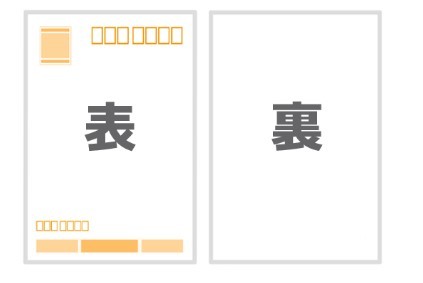
裏 means the
back返す is a verb which means
to returnorto reverse裏返す which unites the two concepts to form the verb
turn,turn,reverse
Right, left, top and bottom
右
right左
left上
above, thetop下
below, thebottom
The reported pronunciations of the 4 kanji are kun pronunciations, Japanese pronunciations.
Kun Readings and On Kanji Readings
The kun pronunciation of a kanji is of Japanese origin, it is the Japanese word that has been associated with that kanji.
下の角
bottom corner上の角
top corner
下の角を上の角に合わせて折ります。
Bend the bottom corner in line with the top.
In the following sentence you will notice instead that the kanji 左 and 右 have another pronunciation:
左 reading yū for left
右 reading sa for the right
Here we have the reading according to the pronunciation on:
The pronunciation on is of Chinese origin, it is generally shorter than the pronunciation kun and is used when two kanji join together and form a new word.
To differentiate the two pronunciations it is possible to find the kun reading written in hiragana and the on reading in katakana; if you use the Rōmaji, the Latin characters, the pronunciation kun is written in small block and the on in Uppercase.

左右の角を合わせて折り筋を付けます。
Fold the left and right corners together.
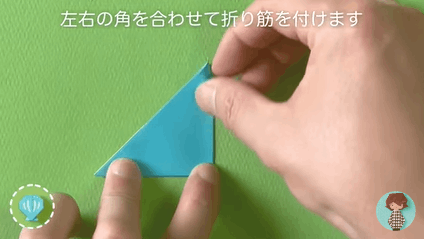
折り筋 is a word you will often hear in the art of origami:
筋 has several meanings, from
muscleandtendon, tovein,fiber, but alsolineandcrawlas in our case折り筋 is therefore the
fold, often also translateddiagonal
左右の角を下の中心に合わせて折ります。
Fold the left and right corners together at the center.
真ん中の2つの角を外側の角に合わせて折ります。
Fold the two middle corners together with the outer corners.
Te form
We find the て form, widely used in the Japanese language and with various meanings. You will notice that when he talks about folding he not only uses the verb 折る, but he precedes it with another verb: 合わせる in its te form:
- 合わせる means
join,joinin its te form becomes 合わせて + 折ります
In this case the te form has the value of coordinate proposition, expressed by the conjunction and: join and fold, which we also render with fold in line with ...
左右を開きます。
Open the left and right side.
The center of everything is 中心
街の中心部 city center
歴史的中心部 the historic center
地球の中心 center of the Earth
The central adjective becomes 中心の or 中心的な:
- 中心的な存在 is a central person, that is
a key personfor the situation
左右の端を中心の折り筋に合わせて折ります。
Fold the left and right edges in line with the center crease.
- 端 represents the
edgeof the sheet
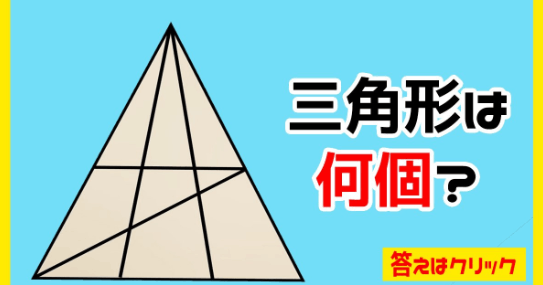
The geometric figure of the triangle is translated 三角 or 三角形, where the kanji 形 indicates the form, the figure, and the style.
右側の三角を左へ倒します。
Bend the right triangle to the left.
- 倒す in the masu form: 倒 します, the verb used in the sentence above means
to drop something,put something on its side,tilt
右の下の端を中心の折り筋に合わせて折ります。
Fold the bottom right edge in line with the center crease.
三角を2枚右へめくります。
Turn the two triangles to the right.
- めくる which in the masu form becomes めくります has the meaning of
turn,turnand alsoflip through a book
左の下の端を中心の折り筋に合わせて折ります。
Fold the bottom left edge towards the center crease.
三角を一枚右へめくります。
Rotate the triangle to the right.
なるようになる "that will be" / "will be"
noun + になるように
なる is the verb
to becomeand is preceded by the particle に for example: 技師 になるbecome an engineerThe meaning is thereforeto make something become ...
上の角が左右の角と同じぐらいの高さになるように折ります。
Bend so that the top corner is flush with the left and right corners.
Let's go back to our expression with なる and translate it literally:
- 上の角が左右の角と同じぐらいの高さになるように折る: bend so that the top corner becomes approximately the same height as the left and right corner
下の左右の角をほんの少し折ります。
Bend the lower left and right corners slightly.
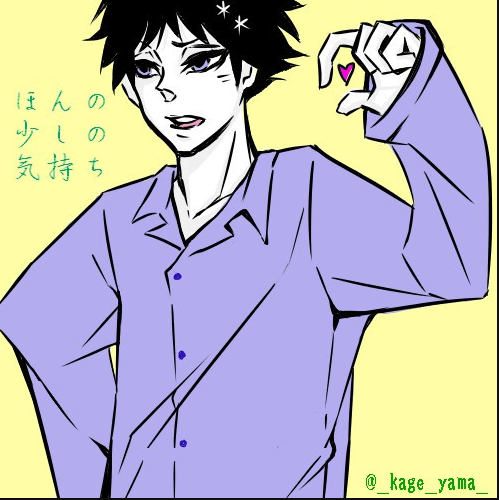
ほんの 少し
little,just a little,slightlyほんの 少し + verb: ほんの少し 食べる
eat littleほんの 少し + の + noun ほんの少しの勇気で
with a little courage
When a person thanks us for a gift, we respond using the expression in the image above: ほんの少しの 気持ち or simply ほんの気持: of nothing, it's just a thought.
裏返して、ペンで模様をかきます。
Turn the paper over and draw a pattern with the marker.
これで貝殻の完成です。
The shell is complete.
やった! yatta!: finished, well, we did it!
